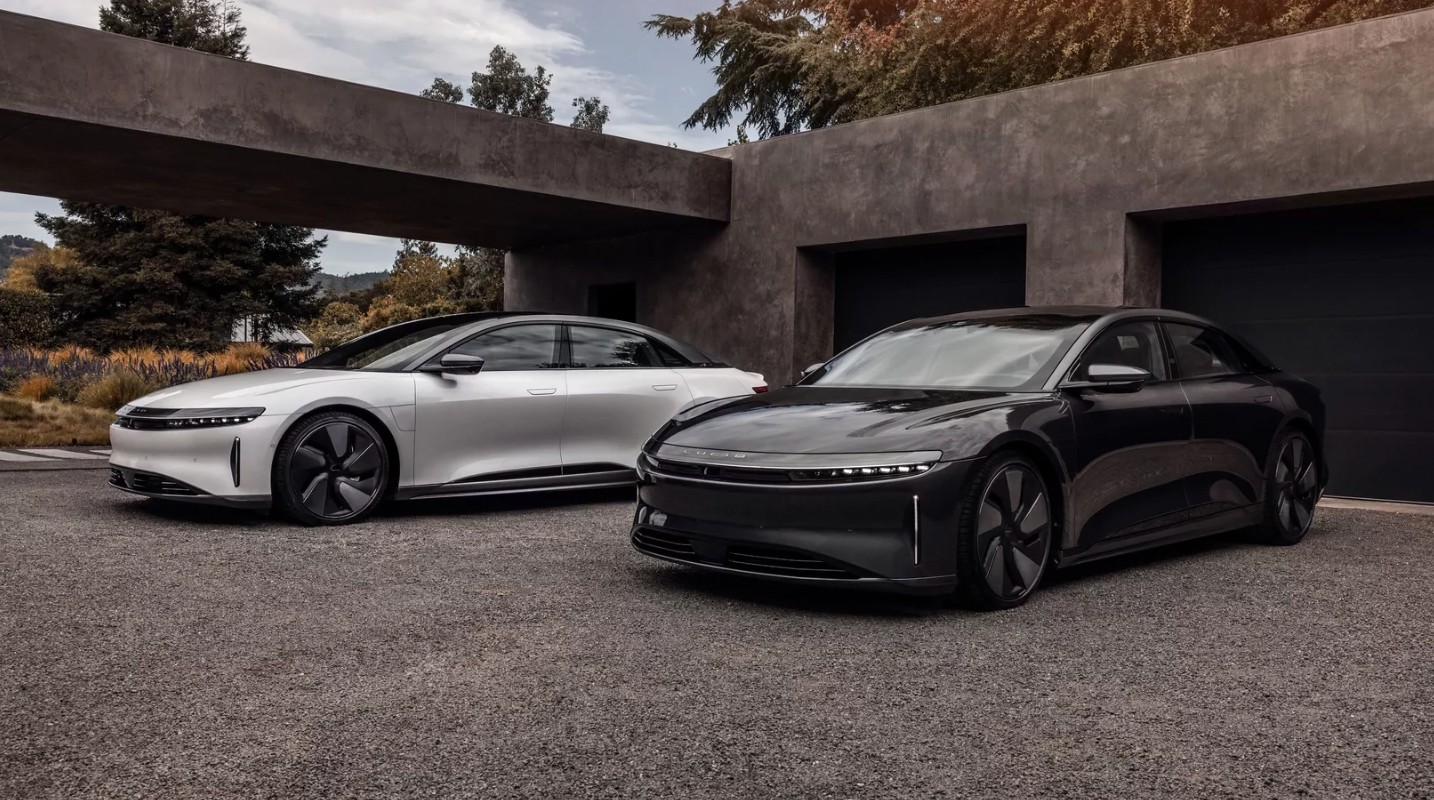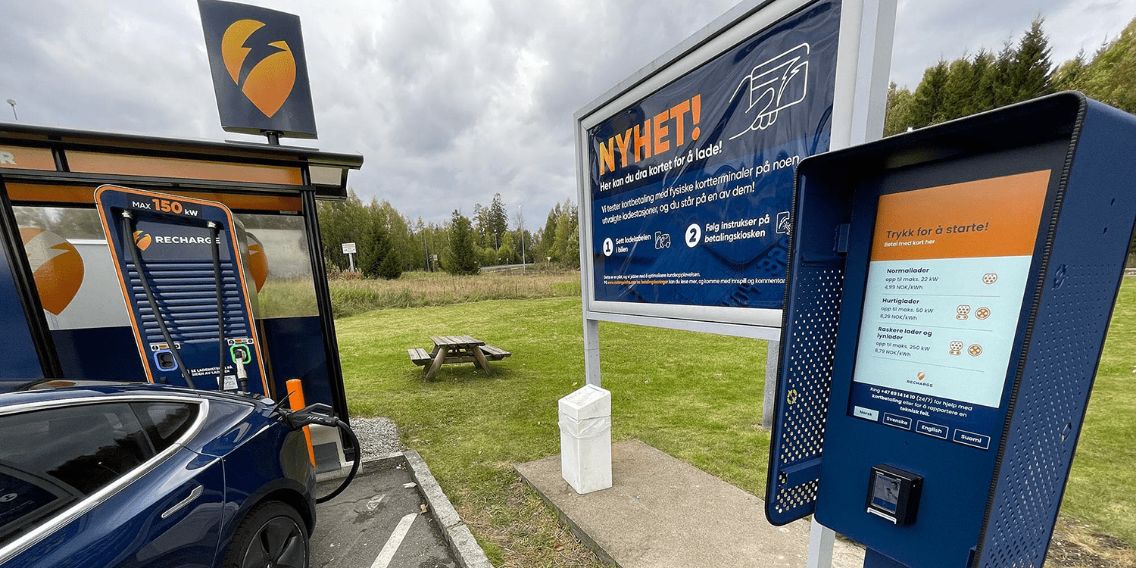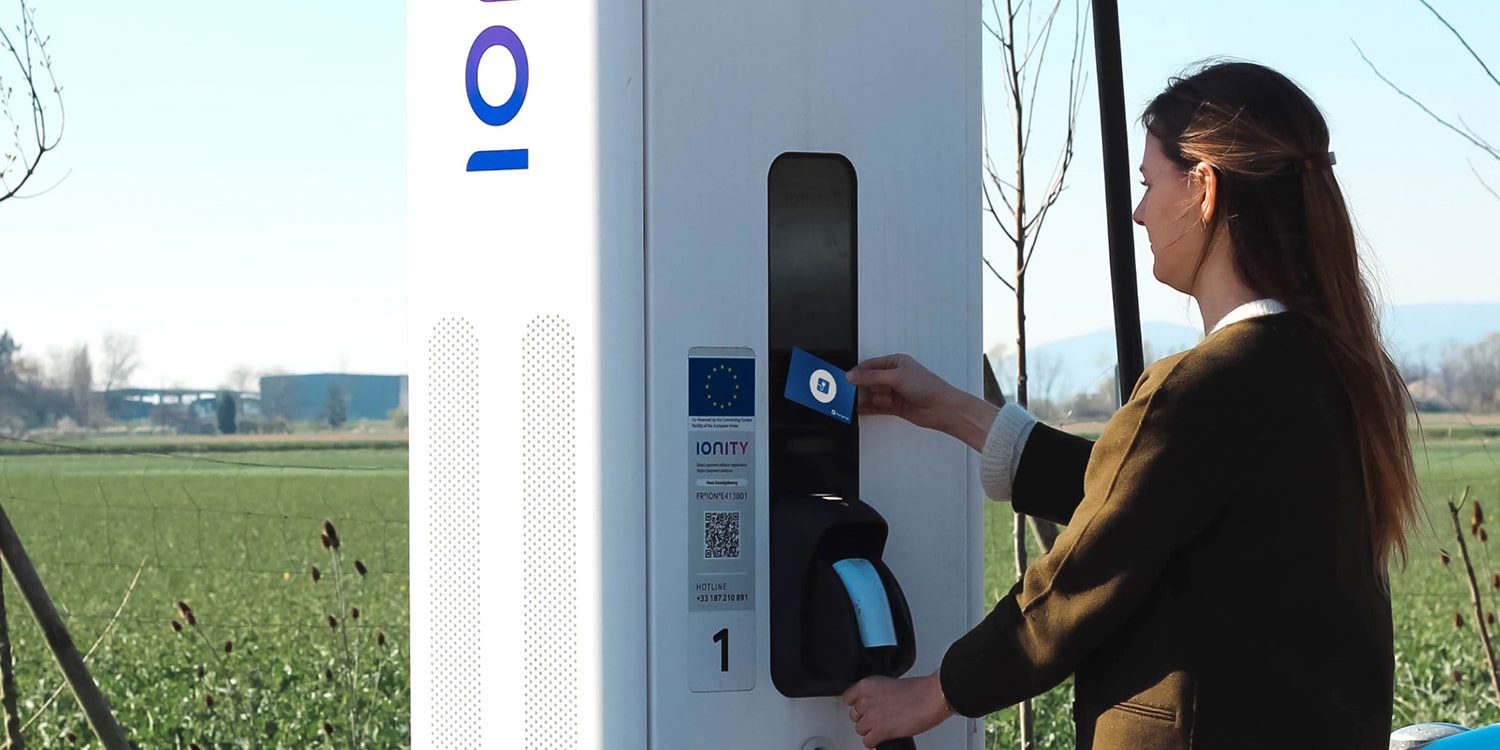In a significant industry development, several renowned automakers have recently announced their intention to adopt Tesla’s NACS charging plug in North America. This shift in strategy is propelled by the results of the latest customer satisfaction study conducted by J.D. Power, shedding light on the reasons behind Tesla’s dominance in the electric vehicle (EV) charging landscape.
According to J.D. Power, Tesla’s Supercharger network achieved the highest score among all charging providers, recording an impressive 734 points on a 1,000-point scale. In contrast, the average score for other charging providers was a comparatively modest 558 points.
The study highlights reliability as a pivotal factor contributing to customer satisfaction. Merely 3.9 percent of Supercharger users encountered difficulties charging their vehicles when they arrived at a station, as reported by Autonews. Conversely, users of other charging networks faced charging issues a staggering 21.6 percent of the time, often grappling with limited charging options due to the disparity in the number of Tesla versus non-Tesla charging stations across America.
With automakers increasingly investing substantial amounts in their electric vehicle offerings, the ability to recharge in public becomes paramount. Regardless of the quality of the vehicle itself, if drivers cannot access reliable charging infrastructure one-fifth of the time, it poses a significant concern.
This growing concern has driven a consortium of automakers, including Ford, GM, Rivian, Volvo, and Polestar, to commit to adopting the NACS standard in the forthcoming years. Furthermore, Hyundai, Stellantis, and VW have indicated their potential adoption of the plug in North America.
However, as more automakers join the charging network, Tesla may face challenges in maintaining its esteemed reputation for charging reliability. J.D. Power’s report emphasizes that Tesla’s advantage lies in its control over both the charging stations and the vehicles that utilize them.
Elizabeth Krear, Vice President for EV Practice at J.D. Power, noted, “This enables Tesla to control and test the compatibility between the vehicle hardware and software and the Supercharger hardware and software.”
In contrast, other electricity providers contend with a diverse range of vehicles operating on constantly evolving software systems. The scarcity of public charging stations remains one of the most significant hurdles to widespread EV adoption in the United States. Hence, the expansion of the largest operational network by introducing more vehicles is widely viewed as a positive step.
Krear stated, “If the Tesla user experience can be replicated for non-Tesla EV users, then the adoption of NACS by non-Tesla manufacturers could enhance the overall charging experience and reliability. However, the actual impact remains to be measured. In the short term, opening the nation’s largest fast-charging network to non-Tesla owners addresses one of the industry’s significant challenges—increasing the availability of public fast chargers.”
The positive customer satisfaction results achieved by Tesla’s Supercharger network have instigated a notable shift among prominent automakers toward embracing the NACS charging plug. As the industry adapts, the focus remains on enhancing the charging experience for EV users across the board, with the ultimate goal of facilitating wider EV adoption in the United States.






